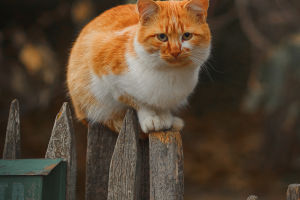Hummingbirds are the smallest birds in the world, with a head the size of a grain of rice. Hummingbirds live primarily in Central and South America, where hummingbird fossils dating back 1 million years have been found.
It is also the smallest warm-blooded animal in the world, with a body length of about 5.6-6.5 cm and an average weight of only two grams, less than a coin.
Its characteristics.
The plumage of hummingbirds is generally blue or green, with a lighter lower part, and some males have a crest or slender tail feathers. Among males, the vast majority are blue-green, although some are purple, red, or yellow.
The strikingly colored feathers appear only during the breeding season and fall off over time.
There are two subfamilies of the hummingbird family, the Hidden Hummingbird and the Hummingbird Subfamily.
Habitat.
Hummingbirds live only in the southern United States to northern and central South America. Hummingbirds cannot cross the oceans to reach Asia and Africa. Because they are so small, they will starve to death without food.
Hummingbirds live in a wide range, from the Andes Mountains at an altitude of 4,000 meters to the rainforests of the Amazon River.
Some hummingbirds live in dry bushes and some in wet swamps.
Food.
About 90 percent of a hummingbird's food comes from nectar, with the remainder being arthropods, including flies, wasps, spiders, beetles, and ants.
Hummingbirds can eat more than 180 meals a day and 45 grams of nectar. Its body is too small and its metabolism is too fast to store much energy, so it keeps eating.
Flight.
Hummingbirds spend 70% of their time roosting and resting due to the high metabolic rate and consumption of active flight. Intense curiosity drives them to explore brightly colored objects as food.
Activity.
Hummingbirds are diurnal, foraging during the day, peaking at dawn and dusk.
Breeding method.
Males only interact with females during the breeding season. Male hummingbirds provide no care. Generally, females build nests, incubate eggs and raise offspring alone.
Natural enemy.
Adult hummingbirds have few natural enemies. Known predators include snakes, falcons and owls.
Female hummingbirds have more camouflage colors than males, which may help with camouflage and prevent predators from being attracted while lurking. Females fly towards the nest in a zigzag or semicircle to avoid direct introduction of predators.
Hummingbirds also swarm and besiege them when the enemy comes.
Such a cute little hummingbird.


